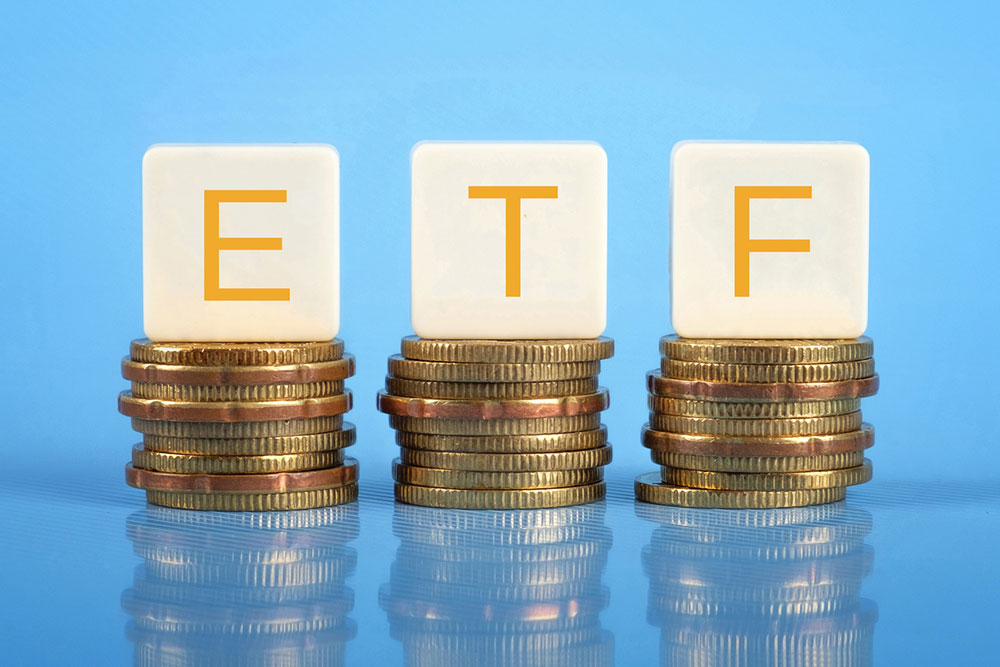Comprehensive Guide to Bond ETFs: Types, Investment Strategies, and Key Benefits
This comprehensive guide explores bond ETFs, detailing their types, strategic investment approaches, and key benefits. It helps investors understand how bond ETFs can diversify their portfolios, generate steady income, and offer liquidity and cost advantages. Perfect for those seeking a stable, income-generating investment option with manageable risk.

Comprehensive Guide to Bond ETFs: Types, Investment Strategies, and Key Benefits
Bond exchange-traded funds (ETFs) have become increasingly popular among investors seeking reliable income streams and diversification. Unlike stocks, bond ETFs are generally less volatile, making them an appealing choice for risk-averse investors. They distribute interest income regularly through monthly dividends, providing a steady cash flow. These funds enable investors to gain exposure to a broad spectrum of bonds, including government securities, municipal bonds, corporate debt, treasury bills, and high-yield options. Understanding the various types of bond ETFs, their strategic uses, and the advantages they offer can help both novice and experienced investors optimize their portfolios effectively.
What Exactly Are Bond ETFs?
Bond ETFs are investment funds that hold a diversified collection of bonds and are traded on stock exchanges just like individual stocks. These funds allow investors to access a broad array of fixed-income securities in a single purchase, providing diversification benefits that help reduce overall portfolio risk. By pooling resources from multiple investors, bond ETFs facilitate the acquisition of various bonds that might be difficult or costly for individual investors to purchase directly. This pooled structure not only spreads risk but also aims to improve returns through careful management of bond portfolios.
Investors can opt for different types of bond ETFs based on their investment horizon and risk appetite. There are short-term bond ETFs suitable for conservative investors wanting stability, and long-term bond ETFs that provide higher yields but come with increased interest rate risk. Similar to mutual funds, bond ETFs have varying holdings and fee structures, making it important to select funds that align with your financial goals and investment strategy.
Categories of Bond ETFs
Government Bond ETFs: These funds invest predominantly in bonds issued by national governments, such as U.S. Treasuries. They’re typically considered among the safest fixed-income investments due to the backing of government agencies.
Corporate Bond ETFs: Comprising bonds issued by corporations, these ETFs generally offer higher yields than government bonds, but with increased credit risk depending on the issuing company's creditworthiness.
High-Yield Bond ETFs: Also known as junk bonds, these include bonds with lower credit ratings that promise higher interest payments to compensate for elevated risk. Suitable for investors with a higher risk tolerance seeking substantial income.
Municipal Bond ETFs: These invest in bonds issued by state and local governments. They often come with tax advantages, such as tax-free interest income, making them popular among high-net-worth individuals in high-tax brackets.
Treasury Bond ETFs: Focused on long-term U.S. Treasury securities, these ETFs are appreciated for their safety and steady returns, often with maturities exceeding a decade.
Effective Strategies for Investing in Bond ETFs
Define Your Investment Goals: Before diving into bond ETFs, assess your risk tolerance, income needs, and investment timeline. For conservative investors, government or short-term bond ETFs generally provide stability. Those aiming for higher income might consider long-term or high-yield bond ETFs, acknowledging the associated risks.
Conduct Thorough Research: Evaluate current yield rates, historical performance, and liquidity factors—such as trading volume—before selecting funds. Keep in mind that past performance is not indicative of future results, so focus on the fundamentals and market outlook.
Select a Reliable Brokerage: Open an account with a reputable online brokerage platform, ensuring they offer access to a wide range of bond ETFs. Many platforms now offer automated investment management features, which can simplify portfolio rebalancing and tax efficiency.
Monitor and Adjust Regularly: Stay informed about interest rate movements, credit risk developments, and macroeconomic factors impacting bond markets. Regular portfolio reviews enable you to make adjustments aligning with your evolving financial objectives and risk profile.
Why Bond ETFs Are a Valuable Addition to Your Portfolio
Superior Liquidity and Flexibility: Unlike individual bonds, which can be difficult to sell quickly, bond ETFs can be bought and sold easily during trading hours. This liquidity offers flexibility to adjust your holdings rapidly in response to market shifts or changing personal financial needs.
Cost-Efficiency and Accessibility: Bond ETFs typically have lower expense ratios compared to mutual funds—often around 60% less—allowing investors to benefit from cost savings over the long term. Additionally, purchasing a single share of a bond ETF provides an affordable entry point into diversified fixed-income investments.





